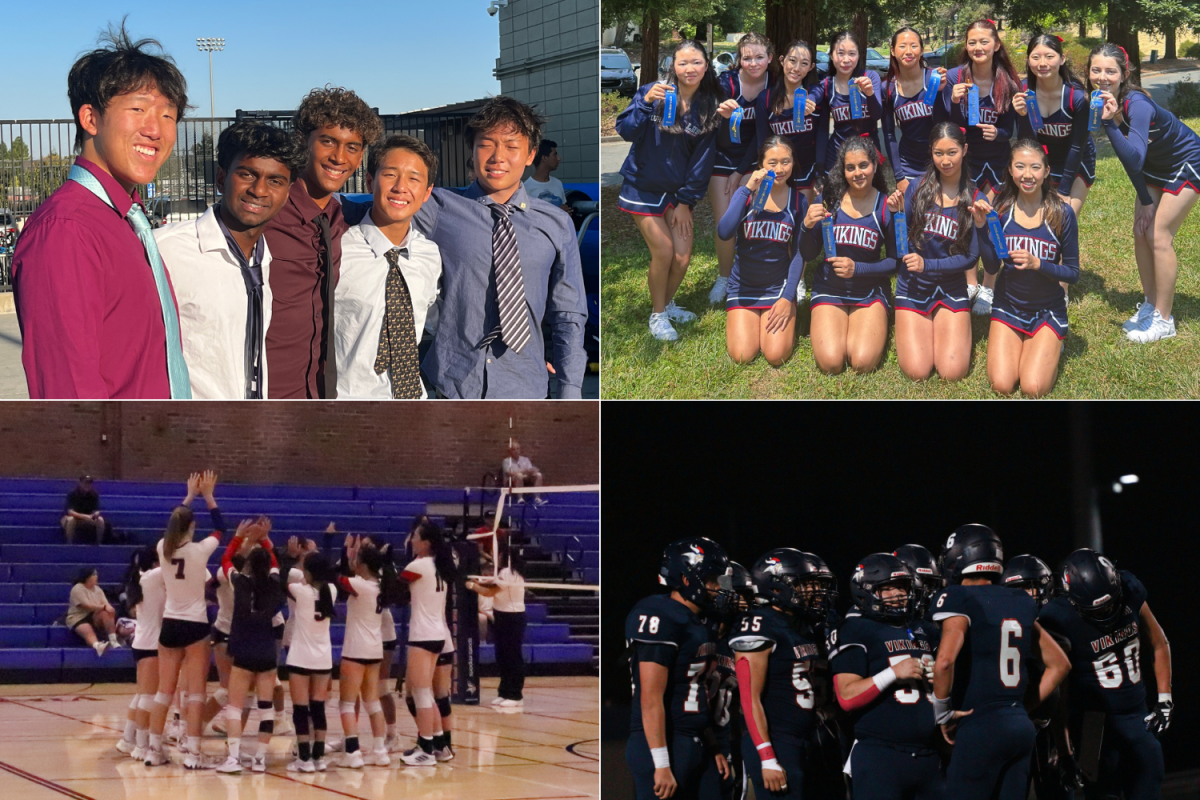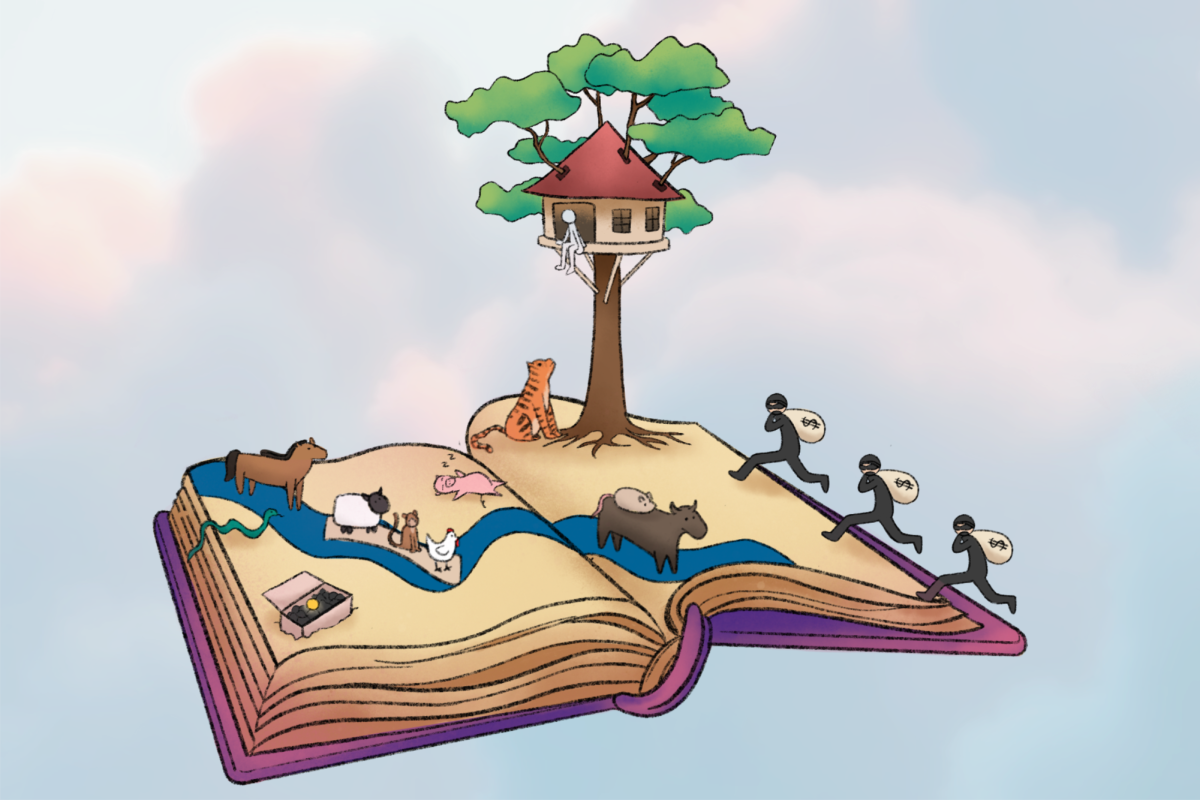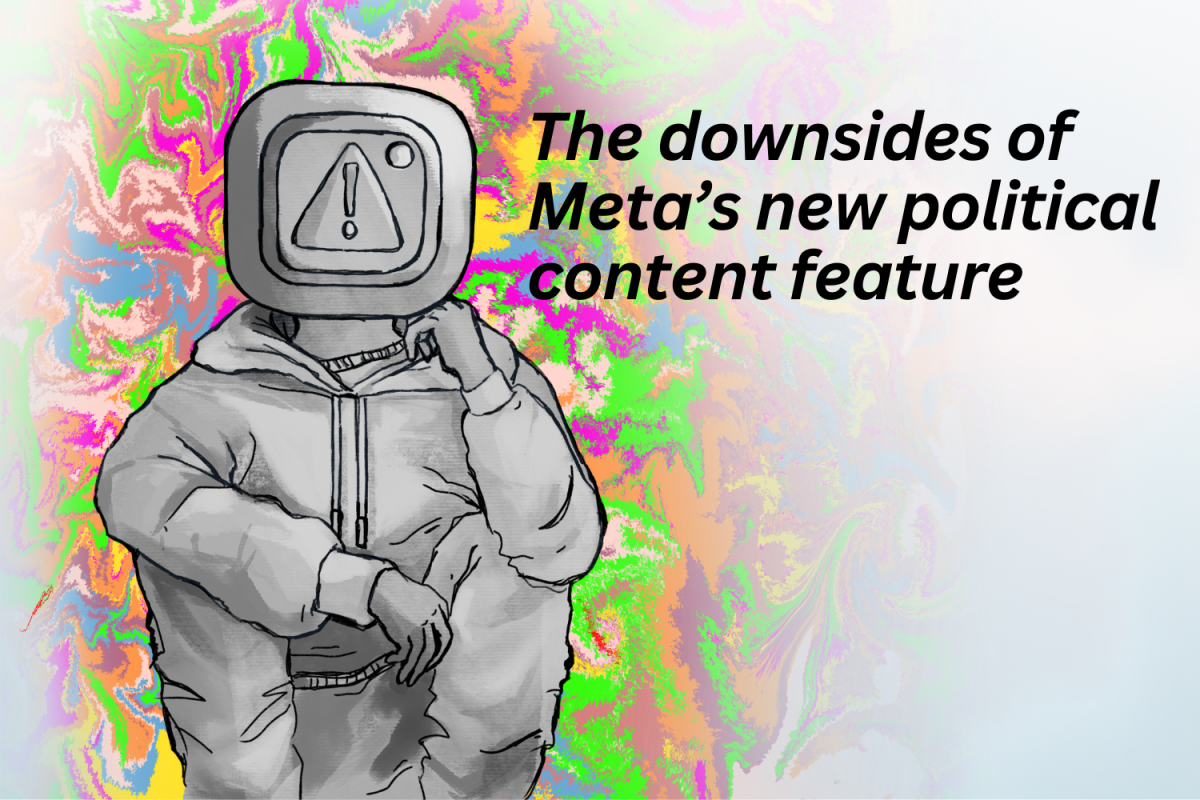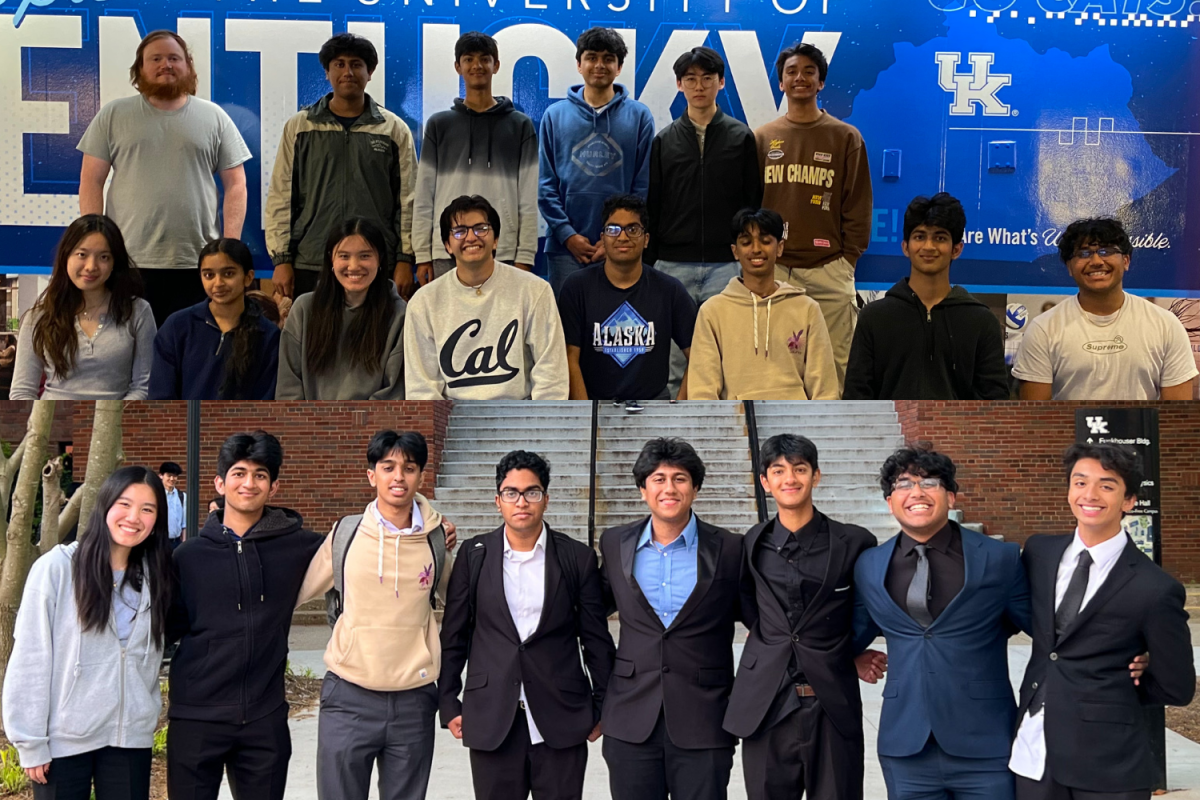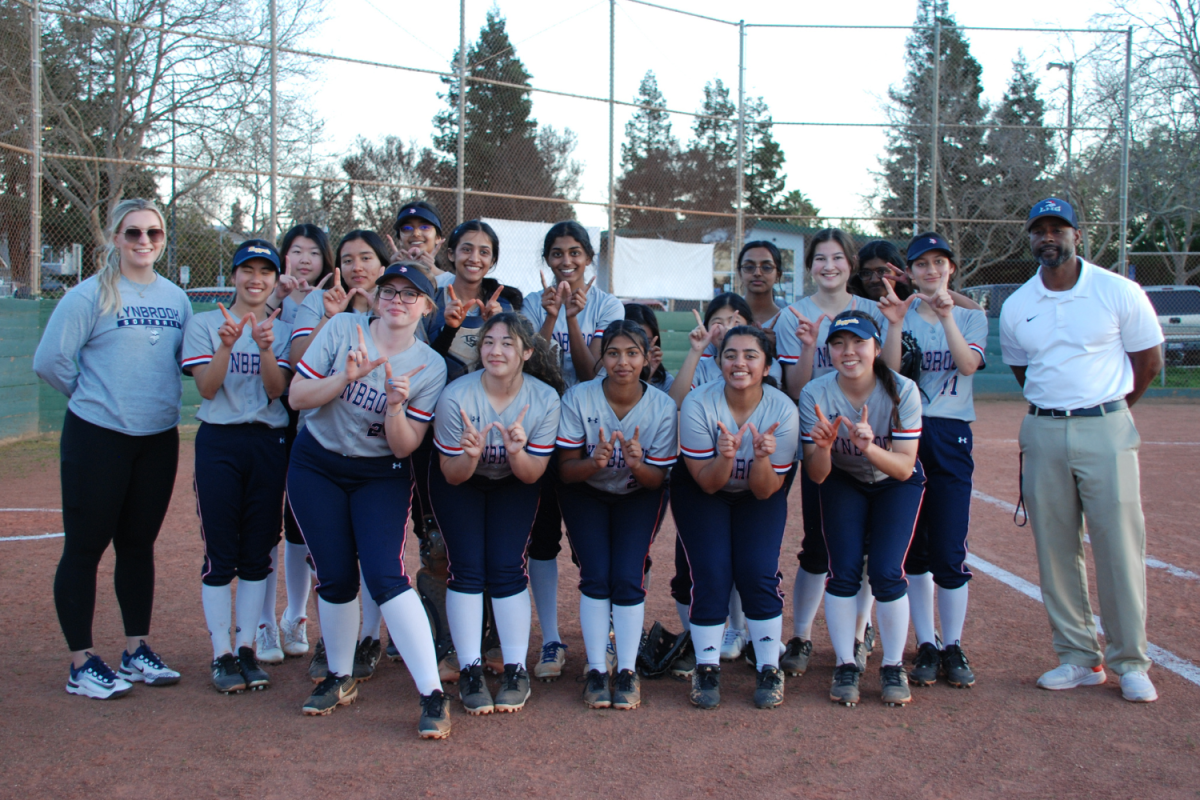A bright-orange jukebox, references to popular childhood arcade games like PacMan and Wreck-it-Ralph and YMCA by the Village People — all of these are popular images of the past, which many film companies are incorporating in their TV shows and movies to connect with older audiences and evoke feelings of positive emotion. Rather than using these marketing strategies to purely exploit their audience’s love for meaningful symbols from their childhood for profit, media companies should utilize these strategies to pay homage to past eras and build on promising stories with tasteful modern commentary.
Nostalgic marketing leverages sentimental emotions associated with elements of the past such as aesthetics, themes or characters. It has had a resurgence in film and TV in recent years: in 2023, 21 out of the top 25 domestic box office films were sequels, remakes or reboots of various forms, as opposed to just 16% in 1981. These attempts to capitalize on viewers’ gravitation toward familiar media have the potential for creating powerful emotional hooks, as nostalgic experiences can feel uniquely personal to each viewer.
“They are appealing to people who remember what they’re referring to and targeting a somewhat older audience,” said Dennis Irwin, a film and TV production instructor at De Anza College. “But, there are also a lot of younger people who find nostalgic references appealing in the same way that people can be interested in music that came before their time. Nostalgic marketing has such a broad appeal which makes it so successful.”
As evidenced by the numbers, movie makers’ preferences for remaining faithful to the tried and true pays off. The highest grossing productions of 2023 included films such as the latest installations of franchises like “Spider-Man: Across the Spider-Verse” from Marvel, and adaptations like “The Little Mermaid” — a live action reimagining of the 1989 film released during Disney’s so-called “Renaissance” era, a time period lauded for producing some of the company’s most classic and successful films to date. Representing less financial risk for companies, media relying on the nostalgia at their core have the advantage of coming with pre-established audiences who translate to the guarantee of higher ticket sales or streaming subscriptions.
“While starting from scratch with a brand new marketing angle would seem to be a more inventive approach, exploiting a pre-existing connection is an almost sure-fire way to invoke emotions in the target demographic and benefit financially,” said William Clay, a film professor at West Valley College.
Beyond lukewarmly received movies that are simply flashier, CGI-heavy remakes with few structural changes — such as 2019’s “The Lion King” — often attempt to justify revivals through the thematic and visual modernization of media, imposing modern tropes or social commentary on these nostalgic stories. For example, in the 2018 live-action reboot of “Robin Hood,” director Otto Bathurst sought to create a darker, more politically charged and provocative twist on the classic British myth but simply ended with a convoluted jumble of commentary that was as contradictory as it was irrelevant. Overwhelmingly negative reviews from both critics and audiences reflected this, highlighting the film’s failed execution of portraying modern themes, such as corrupt governments and religion, into an originally lighthearted folk legend. When such commentary is injected into nostalgic stories without full regard or understanding of their depth, it can not only clash with the original story but be reductive or dismissive of inherently complex topics and issues.
Similarly, the 2020 live-action reboot of Disney’s “Mulan” attempted to adopt a darker tone, but did so at the expense of the animated version’s humor, music and, most damningly, character development. Aimed at the film’s audience who had aged alongside the 1998 original, the remake’s increased focus on an empowering, feminist angle had the opposite of its intended effect, lending illogicality and contrivance to the plot while robbing the story of its charm and appeal. It is no surprise, then, that fans and critics have been dismissing Disney live-action reboots like Mulan as cash grabs and millennial nostalgia-bait that rarely hold up to the craftsmanship of the original animated films, according to an article published by Forbes.
The latest in this slew of reboots, the upcoming 2025 release of the “Snow White” live-action remake received heavy backlash due to its casting choices. While seemingly under the impression that a remake would modernize the 1937 tale for today’s audience — which has already disserviced the original for outdated themes and constructs — Disney was reproached for underestimating the challenges of conforming the tale to modern standards. For instance, the seven dwarves were cast as seven people of different races in an attempt to diversify the cast — an undoubtedly inclusive effort on its own — but Disney overlooked a seemingly obvious necessity: as the public pointed out, all seven actors should be people who have dwarfism.
Directors shouldn’t rely on solely nostalgic themes to attract an existing audience and then impose social commentary on them; rather, these stories should be approached with a heightened awareness of the true purpose of commentary and modernization — or not be approached at all.
“Nostalgia is especially powerful when it’s contrasted against modern symbols, stories and ideologies,” said Matthew Wang, a cinema and digital media student at UC Davis. “When the purpose of the nostalgia in this film is to add this contrast, rather than quickly forcing it in, the balance between nostalgia and fresh perspectives should come naturally.”
Moreover, the rush to capitalize on nostalgia can often lead to rushed productions and diluted storytelling. Disney, for example, has become infamous for sloppy remakes that sport record-breaking box office sales in spite of a lack of critical success and a growing sense of distaste among audiences. 2019 alone produced three live-action remakes — “Dumbo,” “Aladdin” and “The Lion King” — that garnered over $2 billion combined. This continued with “Mulan” in 2020, “Cruella” in 2021 and “The Little Mermaid” in 2023. Perhaps due in part to the fast succession of these releases, fluctuating ratings and fan backlash reflect the varying quality in both the visual and storytelling departments. One fan, who reported feeling used for their loyalty, said on Reddit following “The Lion King”’s release, “The rhythms of African drums were drowned out by the sound of Disney cashing checks.”
“Nostalgia really needs time to germinate, and oversaturating the market with remakes works against it,” Clay said.
However, there are ways nostalgia can be imbued without being used simply as empty bait. Films that can leverage original stories and nostalgic symbols while adapting them to the modern day with nuance and awareness are proof that attentive directors can slot a third element — fresh and imaginative storytelling — into the relationship between nostalgia and financial success. An example from recent memory made notable by its extensive popularity is the 2023 “Barbie” movie, where director Greta Gerwig and the other creators recognized that Barbie’s popularity as a nostalgic cultural icon instantly engaged an audience of viewers who grew up playing with Barbie dolls or watching the Barbie movies. However, crucially, this was also an audience who was familiar with the stereotypes surrounding Barbie dolls and their falling from favor under a modern lens. As the film itself puts it through the words of one of the protagonists, a teenage girl named Sasha, in reference to criticism of the doll’s role in spreading unrealistic body standards for women, “You [Barbie] have been making women feel bad about themselves since you were invented.”
Instead of simply slapping incongruent commentary and a PG-13 label on original storylines, as other remakes that have attempted to “darken” media originally intended for children, “Barbie” lodges its explorations of more mature themes like gender equality and self-empowerment firmly in an acknowledgement of Barbie’s past, while simultaneously expanding to tell a layered, imaginative story that successfully appeals to all audiences — from those old enough to have played with the dolls to those young enough to have learned of their obsolescence. Through the capitalization on this perception of Barbie, she is ultimately reimagined as a multifaceted character.
“Nostalgia works best when the object of nostalgia is reimagined in a modern light,” Wang said. “That’s what ‘Barbie’ did so well — reimagining the plasticky, smoothed-out world of Barbie as a setting for discussions around gender.”
What makes the use of nostalgia in “Barbie” different compared to past works is that the movie balances nostalgia with fresh storytelling. In “Robin Hood,” the commentary felt forced — mismatched to the character and the story, but in “Barbie,” the focus is placed more heavily on its theme of self-empowerment than the character itself. Moreover, it paid off: the highest grossing film of 2023 at a whopping $636 billion, “Barbie” is proof of both the commercial and critical success that emerges when media leave room not only for nostalgia, but also, more importantly, for nuance.
“To have a successful nostalgic remake, there should be a fresh but not forced perspective,” Clay said. “A successful project manages to satisfy and surprise in all the right places and do it all at exactly the right time. It’s like giving a person the perfect meal at the perfect moment of hunger and adding a little flourish to make it unique.”

























































